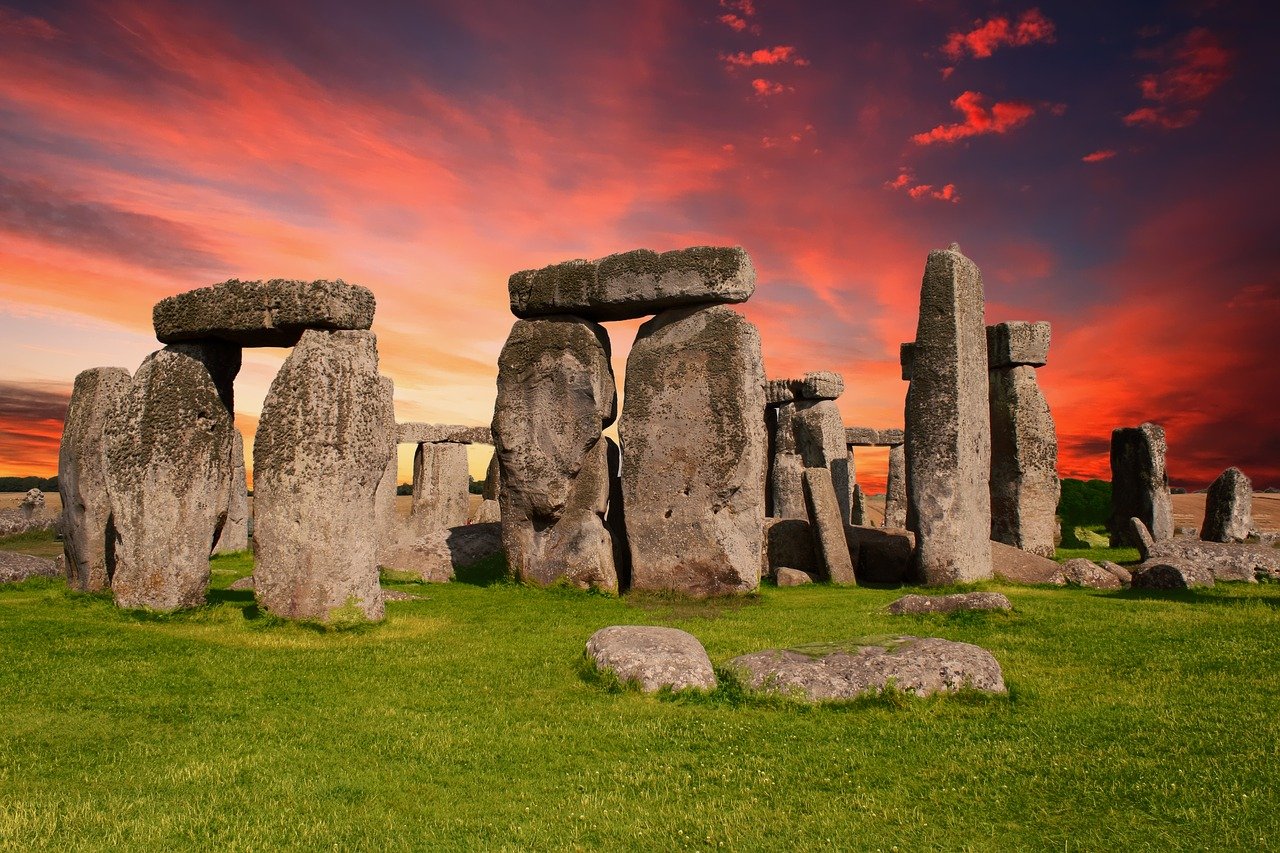Stonehenge, located in Wiltshire, England, is one of the world’s most enigmatic and mysterious landmarks. The ancient site has been a source of fascination for centuries, attracting visitors from all over the world who seek to uncover the secrets of its origins and purpose. The following article will take you on a journey through the mystique of Stonehenge, exploring its history, spiritual significance, scientific aspects, tourism, and cultural significance.
History of Stonehenge
Stonehenge is a prehistoric monument that dates back over 4,000 years, with the first stones being erected around 2500 BC. Theories about its origins abound, with some believing it was a place of healing, a celestial observatory, or even a burial ground.
The significance of Stonehenge in ancient times is evident from the effort and resources that were required to construct it. The massive stones that make up the monument were transported from as far as 150 miles away, and the engineering required to erect them remains a mystery to this day.
In modern times, Stonehenge remains a site of cultural significance, attracting millions of visitors each year who come to experience its mystique and history.
The Mystique of Stonehenge
The unique and mysterious features of Stonehenge continue to fascinate visitors and researchers alike. The arrangement of the massive stones in a circular formation, with trilithons (two vertical stones supporting a horizontal stone) at its center, has led to various interpretations and speculations about its purpose.
For many, Stonehenge has a spiritual and mystical significance, with some believing it to be a site of ancient healing or a place of worship. The enduring fascination with Stonehenge is evident from the thousands of people who visit it each year, seeking to experience its enigmatic allure.
The Science of Stonehenge
Despite its mystical allure, Stonehenge also has a scientific aspect. Geologists and engineers have studied the monument’s geological and engineering features, seeking to understand how it was constructed and what its purpose may have been.
One of the most intriguing aspects of Stonehenge is the use of astronomical knowledge in its construction. The alignment of the stones with the sun and the moon has led some to believe that Stonehenge was an astronomical observatory, allowing ancient peoples to track the movements of celestial bodies.
Ongoing scientific research and discoveries about Stonehenge continue to shed light on its mysteries and allure.
Tourism and Cultural Significance of Stonehenge
Stonehenge’s enduring mystique has made it a popular tourist destination, attracting millions of visitors each year. The site’s cultural significance to the English people cannot be understated, with many considering it a national treasure.
Balancing tourism and preservation of Stonehenge is an ongoing challenge, with efforts underway to manage the site’s impact on the surrounding landscape and its cultural heritage.
Conclusion
Stonehenge’s enigmatic allure and mystique have fascinated visitors and researchers for centuries. Its ancient history, spiritual significance, scientific aspects, and cultural importance continue to make it a landmark of enduring importance and fascination.
As we seek to uncover the secrets of Stonehenge, it is essential to preserve and promote its cultural and scientific significance for future generations to experience and appreciate. The enduring mystique and allure of Stonehenge remind us of the beauty and complexity of our ancient history and the importance of preserving it for generations to come.





